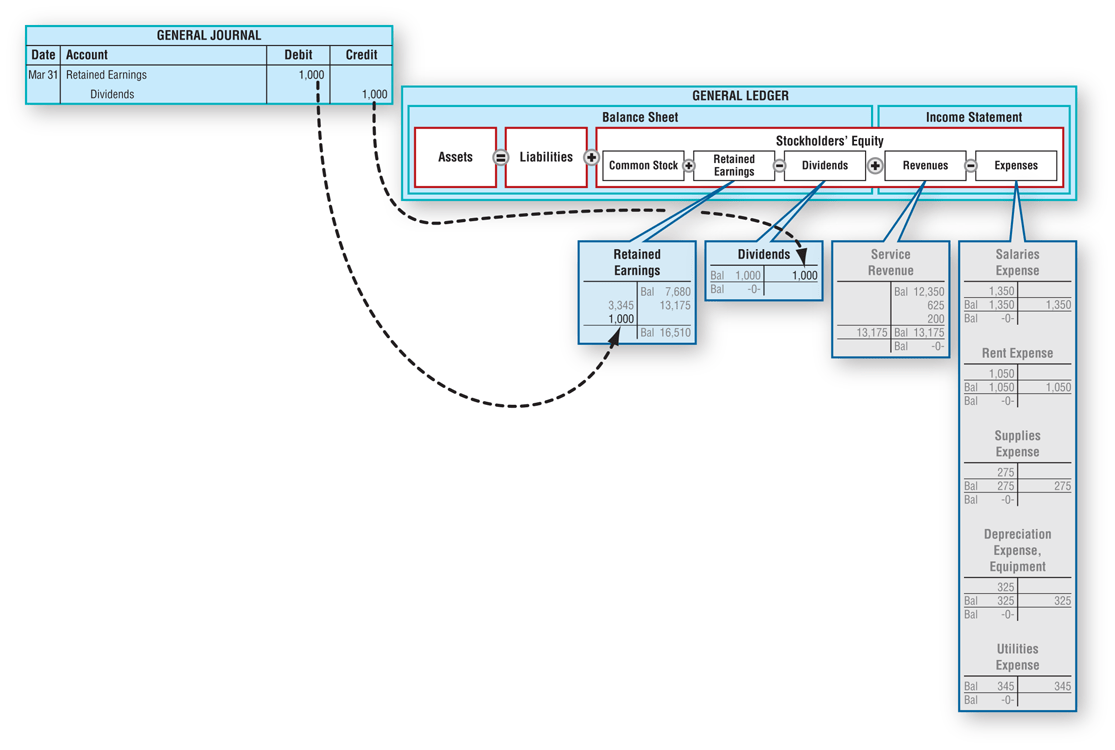Read on to find out how much you’ll pay, or visit our Delaware Franchise Tax calculator app for a quick answer.
The default payment amount listed on your notification is set by Delaware using the Authorized Shares Method, which will almost always result in a much higher amount due for startups with limited assets. There is a helpful Franchise Tax Calculator on the Delaware website to assist in estimating your franchise taxes (note there is a different calculator for each of the 2017 and 2018 tax years). In addition to the franchise tax, there is also a $100 filing fee for the annual report.
To use this method, you must provide figures for all issued and outstanding shares and total gross assets in the spaces provided in your annual franchise tax report. Total gross assets shall be those “total assets” reported on the US Form 1120, Schedule L (Federal Return) relative to the corporation’s fiscal year ending the calendar year of the report. The tax rate under this method is $350 (to be increased to $400 effective for the 2018 tax year) per million or portion of a million. If the assumed par value capital is less than $1 million, the tax is calculated by dividing the assumed par value capital by $1 million then multiplying that result by $350. You must file your annual report if your business is a corporation and pay your franchise tax and filing fee by March 1.
Two Methods to Calculate Franchise Tax for a Maximum Stock Company
If the Annual Report and remittance is not received by the due date, a $125.00 penalty will be added to filing fee. An annual Franchise Tax Notification is mailed directly to the corporation’s registered agent. The Delaware Division of Corporations will require all Annual Franchise Tax Reports and alternative entity taxes to be filed electronically. Corporations incorporated in Delaware but not conducting business in Delaware are not subject to corporate income tax, 30 Del.C, Section 1902(b)(6) but do have to pay Franchise Tax administered by the Delaware Department of State.
Is My Delaware Franchise Tax the Same As My Annual Registered Agent Fee?
- While the typical franchise tax is based on a corporation’s net worth or capital, the tax can also be based on other criteria such as income or gross receipts.
- A corporation with 5,001 authorized shares or more is considered a maximum stock corporation.
- If your company is no longer operating, it’s important to close your Delaware business and end these fees.
If payment is by credit card click submit only once, clicking multiple times may result in duplication of charges to your credit card. Let’s also imagine it has authorized and issued 100,000 shares at a par value of $2.00 each, and 100,000 shares at par value of $10.00 each. Let’s also assume the number of shares issued and authorized is the same for simplicity’s sake.
The Delaware Franchise Tax for a corporation is based on your corporation type and the number of authorized shares your company has. The total cost of the corporation’s Delaware Franchise Tax consists of an annual report fee and the actual tax due. You’ll incur a $200 penalty if you don’t file an annual report on or before March 1. You’ll also pay 1.5% per month applied against any unpaid tax and penalty. Owners of multiple corporations will need to pay Delaware Franchise Tax for each entity separately as each entity is required to file an annual report. If you are a startup that has chosen Delaware as its state of incorporation, you are likely aware that you are subject to Delaware franchise tax.
Do I Need to Submit Anything Else With My Delaware Franchise Tax Payment?
After missing the deadline, you’ll need to pay a $200 late fee with cumulative interest each month. Paying a franchise tax is a legal requirement for business incorporated in the state of Delaware. Failure to pay the annual franchise tax can result, in penalties, fines, or even the loss of right to conduct lawful business. There are two methods that you can use to calculate the amount of Delaware franchise tax due for your corporation (the Authorized Shares Method and the Assumed Par Value Capital Method), which result in vastly different amounts due. For corporations using the Authorized Shares Method, the minimum franchise tax is $175 and the maximum franchise tax is $200,000.
Get free guides, articles, tools and calculators to help you navigate the financial side of your business with ease. The magic happens when our intuitive software and real, human support come together. The Franchise Tax for a Delaware LLC or a Delaware LP is a flat annual rate of $300.
For every additional 10,000 shares authorized after that, you pay another $85 in franchise tax, up to a maximum of $200,000. Under this method, your franchise tax is based on how many shares your how to earn revenue for your nonprofit corporation has authorized. Our annual Registered Agent Fee is $50 per year, and is due on the anniversary month of the formation of your company.




